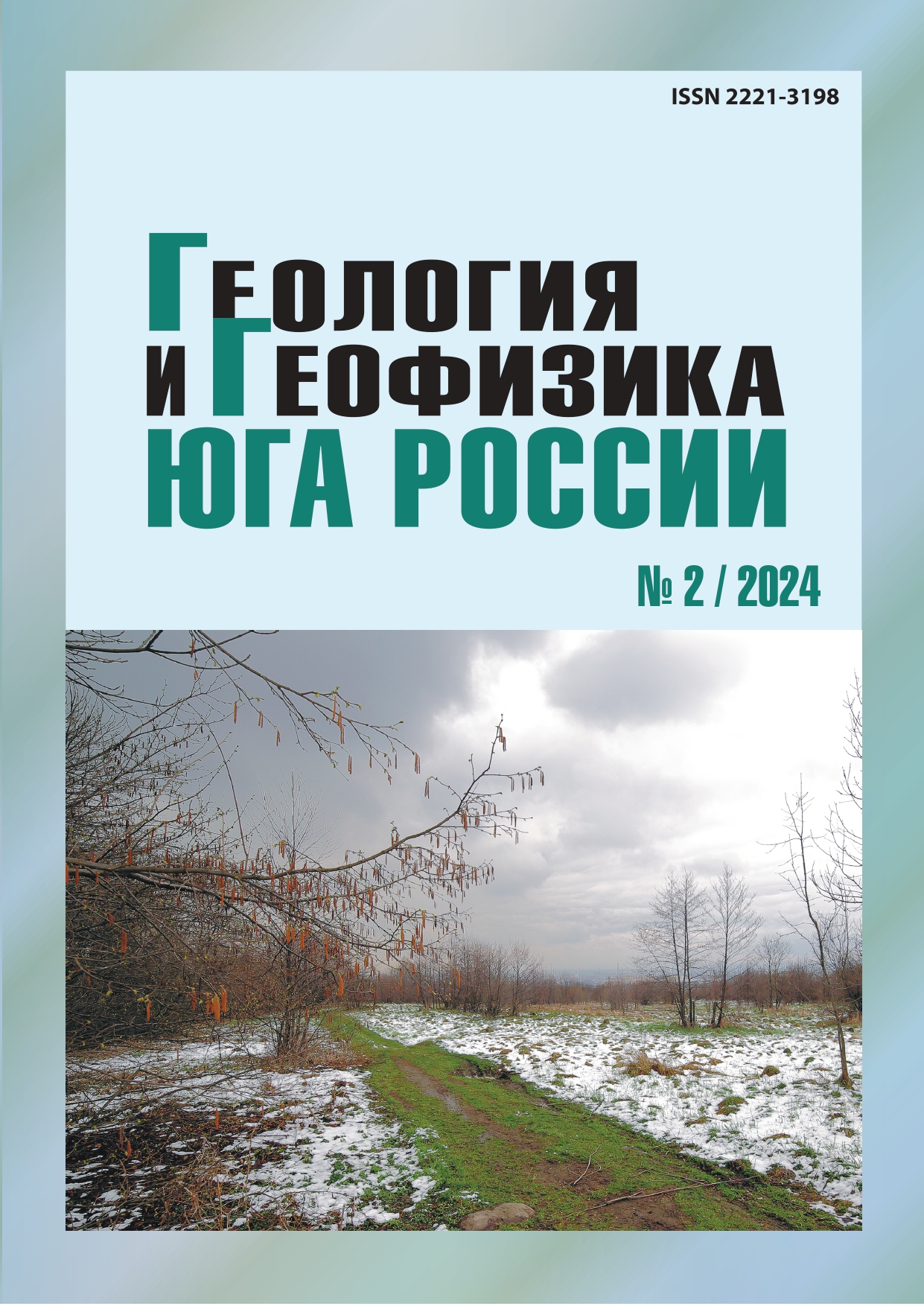Oil and gas bearing formation complexes of the Triassic of the South-West Turan plate
Abstract
Relevance. The Triassic deposits of the southwestern part of the Turan plate remain one of the areas of exploration for oil and gas. Despite the sufficiently high geological and geophysical study of sediments and the discovery of industrial accumulations of hydrocarbons in them, there are quite a lot of controversial issues concerning the stratigraphic confinement and inter-site correlation of oil and gas horizons. The solution to this problem has not only scientific, but also practical significance, since it will contribute to solving the issues of conditions for the formation of oil and gas fields in the region, as well as the choice of further directions of exploration. Aim. The purpose of this work is to study the patterns of localization of oil and gas accumulations in the Triassic section of the South Mangyshlak sedimentary basin, identify regional reservoir strata and possible hydrocarbon caps, and determine the boundaries of the areal distribution of the main oil and gas complexes. Methods. A macro description of the well cores and microscopic examination of the sections were carried out. Lithological and stratigraphic dissection and correlation of well sections were performed using data from all types of logging, paleontological definitions of organic residues. Extensive material has been analyzed based on the results of sampling and formation testing of Triassic sediments. Petrophysics data were used to study the reservoir-filtration properties of rocks. The structural features of individual oil and gas fields have been studied in detail. Results. The presence of two oil and gas bearing formations in the Triassic section of the South Mangyshlak trough was established - the Upper Triassic terrigenous and volcanogenic-carbonate Upper Cenek-Middle Triassic. They are separated by the volcanogenic mudstone strata of the Middle Triassic, which is a regional cover. The role of the constituent oil and gas formations of individual lithological strata in the localization of hydrocarbon accumulations has been clarified. The boundaries of the areal distribution of Triassic oil and gas complexes have been determined, which allows a more differentiated approach to assessing the prospects of oil and gas potential of both the territory of Southern Mangyshlak as a whole and individual local uplifts identified in various tectonic zones. The obtained results can be used to study the conditions of formation and spatial distribution patterns of hydrocarbon accumulations in other oil and gas-bearing regions of the Scythian-Turanian platform.


